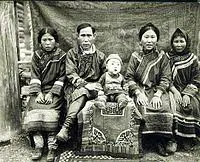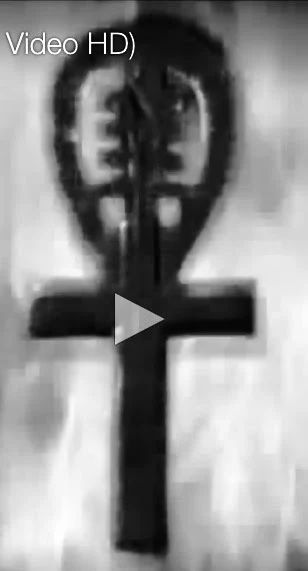 Rhapsody in August (Japanese, 1991)
Rhapsody in August (Japanese, 1991)Writer & Director: Akira Kurosawa
This film depicts how three generations handle the WW2 bombing of Nagasaki.
Grandma is babysitting her 4 grandchildren while their parents go over to Hawaii to visit Grandma's long lost brother who had migrated to US in the 1920s. He is now in his death bed but had established himself as a successful pineapple planter. The grandchildren and their parents are coaxing old lady to visit her brother but she is reluctant. She cannot remember her brother as she had 11 of them and everyone went their own way.
Grandma is a hibakusha (survivor of atomic bombing). She lives in memory of her husband, a teacher, who perished in the 1945 Nagasaki bombing while he was at work.
The grandchildren, bored with the slow paced life in the village, explore around to slowly appreciate the times of the war. They also understand how the bomb had devastated the lives of innocent dwellers of the city.
The 45th anniversary of her husband is around the corner and she wishes to celebrate it.
She eventually agrees to visit Hawaii.
Grandma's nephew (the brother had married an American white), Clark (Richard Gere), comes to visit Grandma after correspondence with the children about Grandpa's demise and the anniversary.
 |
| With a handshake, the past is forgotten? |
During its screening in Cannes, the film was criticised for portraying the Japanese as the poor victims of the American atrocities whilst ignoring all its aggression in China, South East Asia and the Pacific. To its critiques, Kurosawa replied that the war was between Governments but the victims were the people. It is mind boggling that common people become enemies trying to defend a piece of cloth and a common camaraderie because their leaders told them so. Various indoctrination manoeuvres stir up that intangible feeling called nationalism which proves thicker than blood and common sense too!
+(1991)_May+27,+2014,+9.37.32+PM.png) |
| The exact moment 'Fat Man' hit Nagasaki from B52 bomber 'Bockscar' |
 |
| Fat Man |
N.B. Viewers are referred to movies 'Letters from Iwo Jima' and 'Flags of Our Fathers' to have two perspectives of the same war; one from the American viewpoint and the other Japanese, on the same war!
























 -
- 











